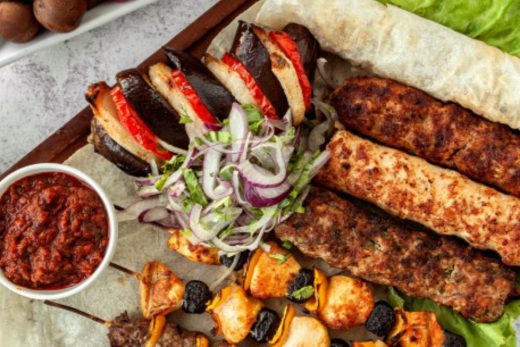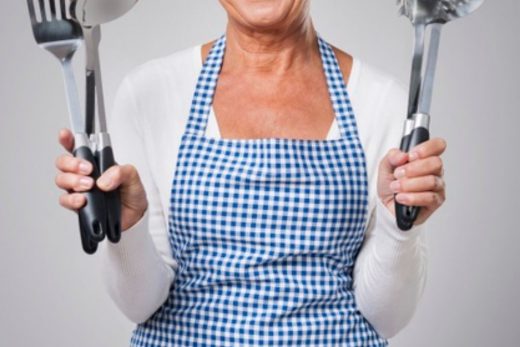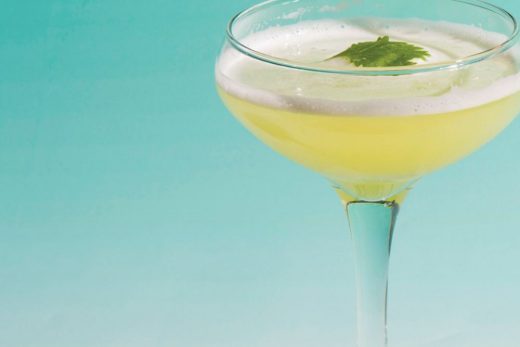I set up a little experiment to see if I could figure out what was at the root of the issue. I theorized that the difference in flavor might be attributable to two factors: the pH of the liquid that the garlic is puréed in (perhaps it’s essential to first purée the garlic in a very acidic environment before diluting it down), or whether or not the garlic is peeled before puréeing.
I ran six heads of garlic through the blender:
Unpeeled, with lemon juice
Unpeeled, with vinegar
Unpeeled, with water
Peeled, with lemon juice
Peeled, with vinegar
Peeled, with water
I then let them sit in containers for five minutes (in order to allow time for any enzymatic reactions to take place), then smelled and tasted them.
From aroma alone, it seemed like peeling versus not peeling was at least part of the answer: The batches of garlic cloves that were peeled had a stronger garlic aroma than those that weren’t. But tasting them told a very different story. While the batches of garlic puréed in lemon juice and vinegar had a very mild flavor, the ones puréed in water were so hot that they burned the back of my throat as I tried to swallow them. It’s definitely the acidity in the lemon juice and vinegar that prevents the garlic from turning hot.





